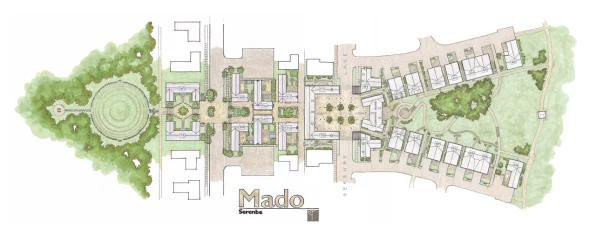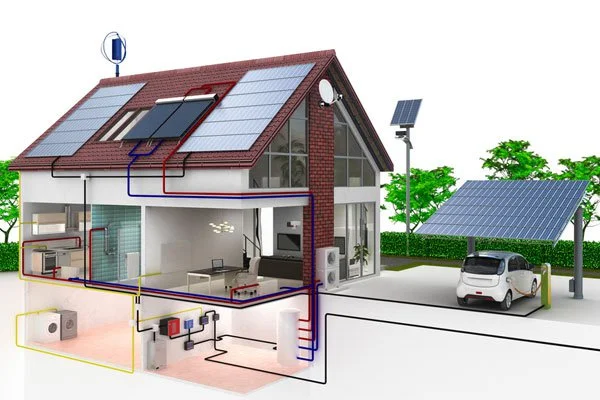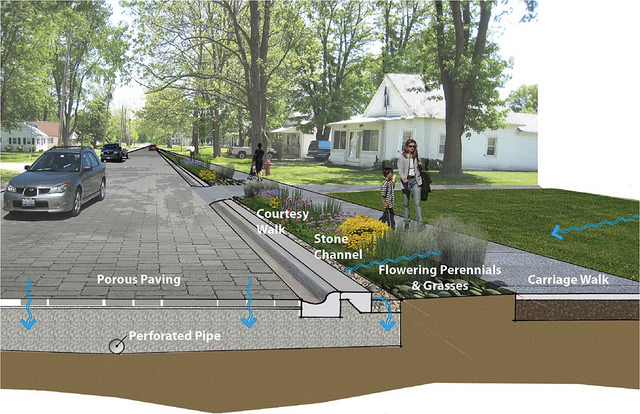Sustainable Communities
context
As an integrated system, the development process of a city is complex and involves many uncertainties. As the process of urbanisation continues to accelerate, cities face different development problems at each stage of the development process, and as cities continue to expand, the issue of environmental protection is of the greatest concern.At the same time, it is important to pay attention to the changes in the social structure, as cities continue to move towards a new model in which citizens are the main actors. This trend has given rise to a number of social phenomena. For example, the increasing self-awareness of urban dwellers is leading to a diversification of urban residential communities, and the design concepts, measures and elements of public space are particularly important in this development process. In the context of urban regeneration, communities are an important part of urban regeneration and they should be sustainable.

Photo credits:Is This Sustainable Village The Future Of Retirement? (fastcompany.com)
Environmental sustainability
Communities should be committed to environmental protection and resource management, and the concept of green development should be applied throughout the entire process of community design, construction, management and services, through promoting the use of renewable energy, improving energy efficiency and reducing greenhouse gas emissions.
The use of solar energy in community buildings promotes sustainable development and reduces carbon emissions, using solar light to convert into electrical or thermal energy to power the community.Solar water heating systems use solar collectors to collect solar heat. Solar collectors usually consist of black heat absorbing panels and a glass cover that holds the heat and transfers it to water to provide hot water for community buildings such as public bathrooms, laundry rooms,kitchens etc.To enable residents to reduce their dependence on traditional energy sources, provide renewable energy for community living, raise community awareness of renewable energy and promote energy transition and community participation.

Photo credits:csm_Fotolia_83056882_Subscription_Monthly_XL_467aaf882a.jpg (850×550) (duschkewitz.de)
Green Streets
With the emergence of environmental pollution and the energy crisis, streets that are pounded by rainwater, cause pollution, erosion, overflowing sewers and lead to high differences in land. Green streets are a major component of sustainable urban streets. The main rain gardens, permeable pavements, etc. Treated with soil and plants and other natural hydrological practices and allowed to sink back into the ground or evaporate through plant absorption.Green Streets can address the community’s stormwater drainage using natural stormwater recycling systems. Using artificial puddles, ponds or ditches naturally filter rainwater, keeping it from polluting the pond and allowing it to sink back into the ground or evaporate through absorption by plants. At the same time, street trees on the ground can help to filter rainwater and mitigate heat, and in addition, the shade of the trees can lower the temperature of the surrounding area, improving air quality and reducing the urban heat island effect.

Photo credits:Green Streets: Restoring Rivers, Revitalizing Neighborhoods, and Making Streets Safer – River Network
Reference:
Gui, E.M. and MacGill, I., 2018. Typology of future clean energy communities: An exploratory structure, opportunities, and challenges. Energy research & social science, 35, pp.94-107.
Cowtan, G., 2017. Community energy: a guide to community-based renewable energy projects. (No Title).
Biddulph, M., & Turkington, R. 2013. Sustainable Streets: A Guide to Urban Design. RIBA Publishing.
Montgomery, C. 2013. Happy City: Transforming Our Lives Through Urban Design. Farrar, Straus and Giroux.
Sadik-Khan, J. and Solomonow, S., 2017.Streetfight:Handbook for an urban rvolution.Penguin.


